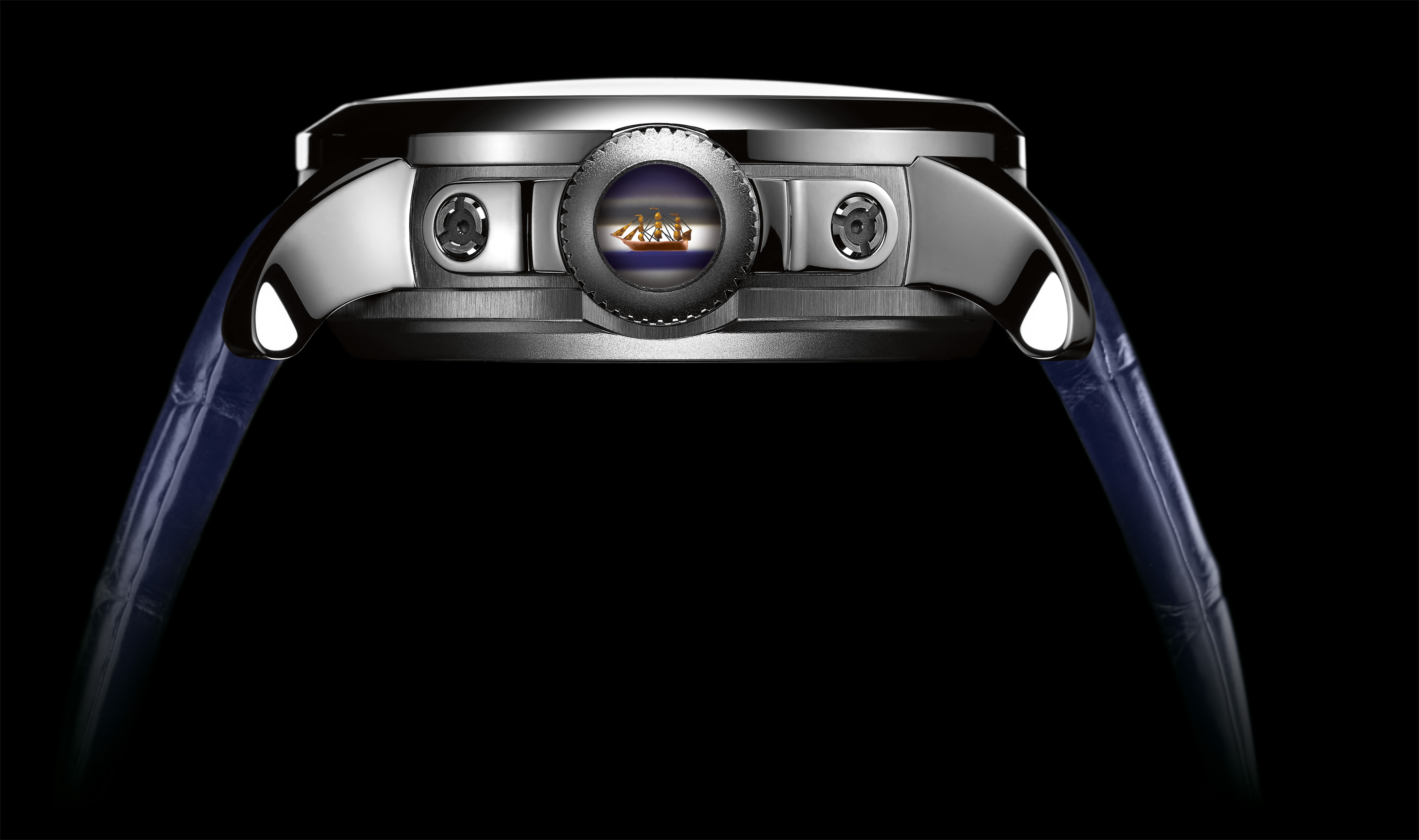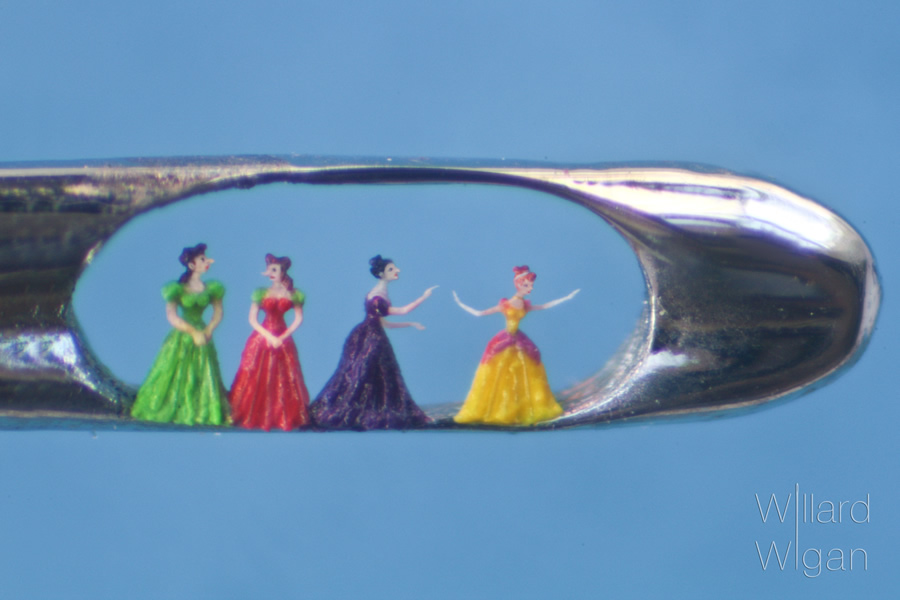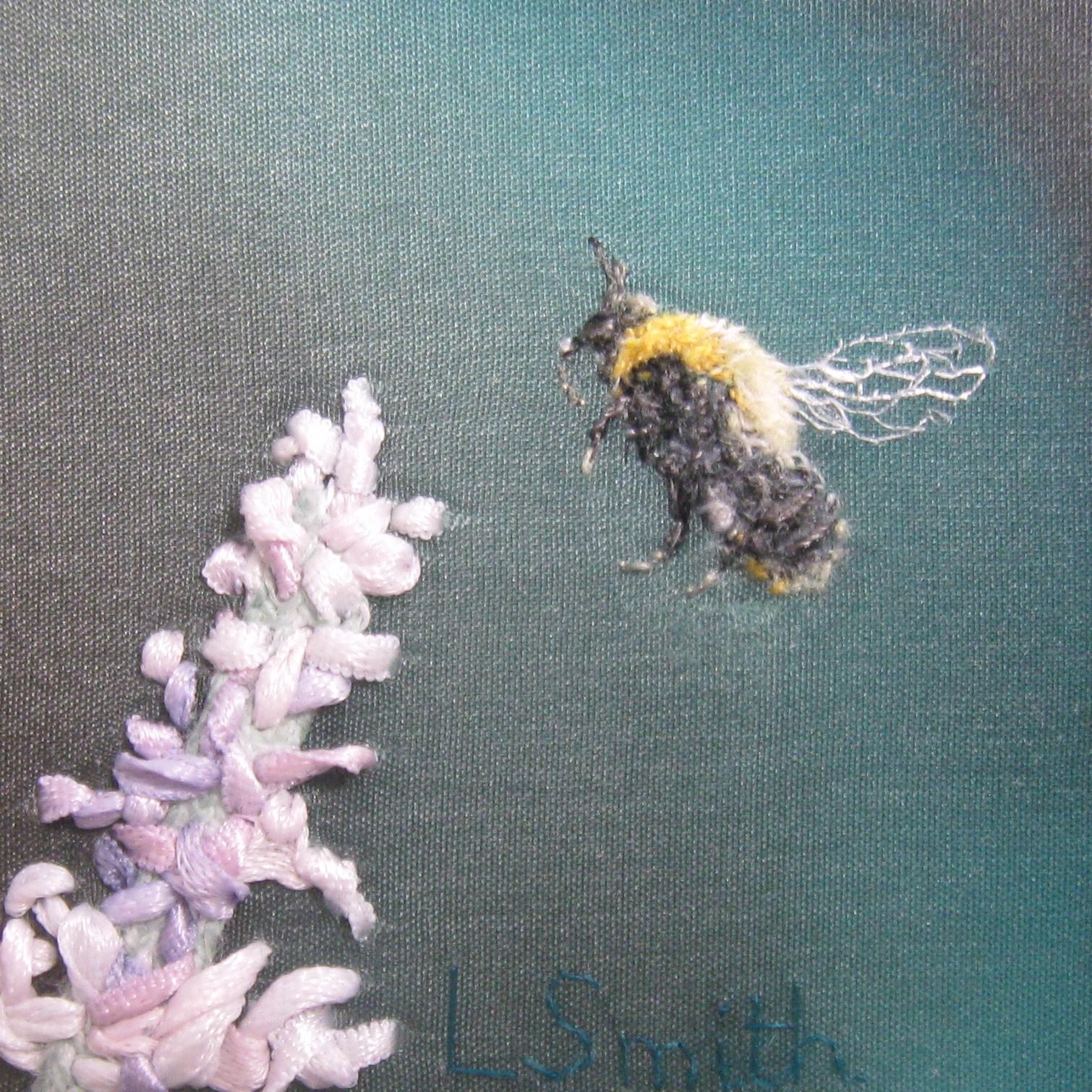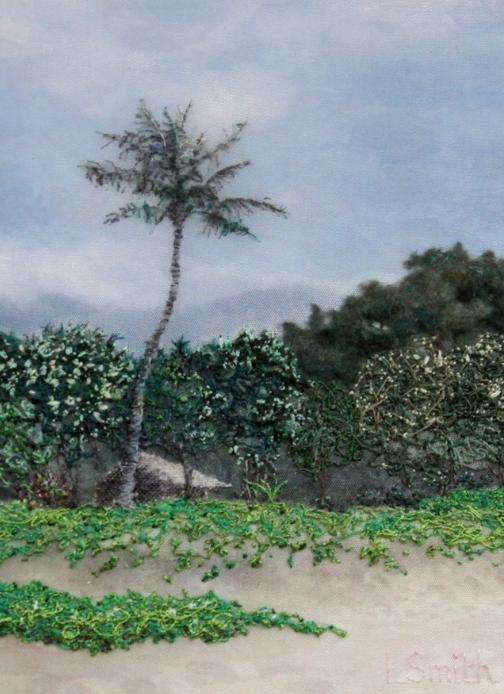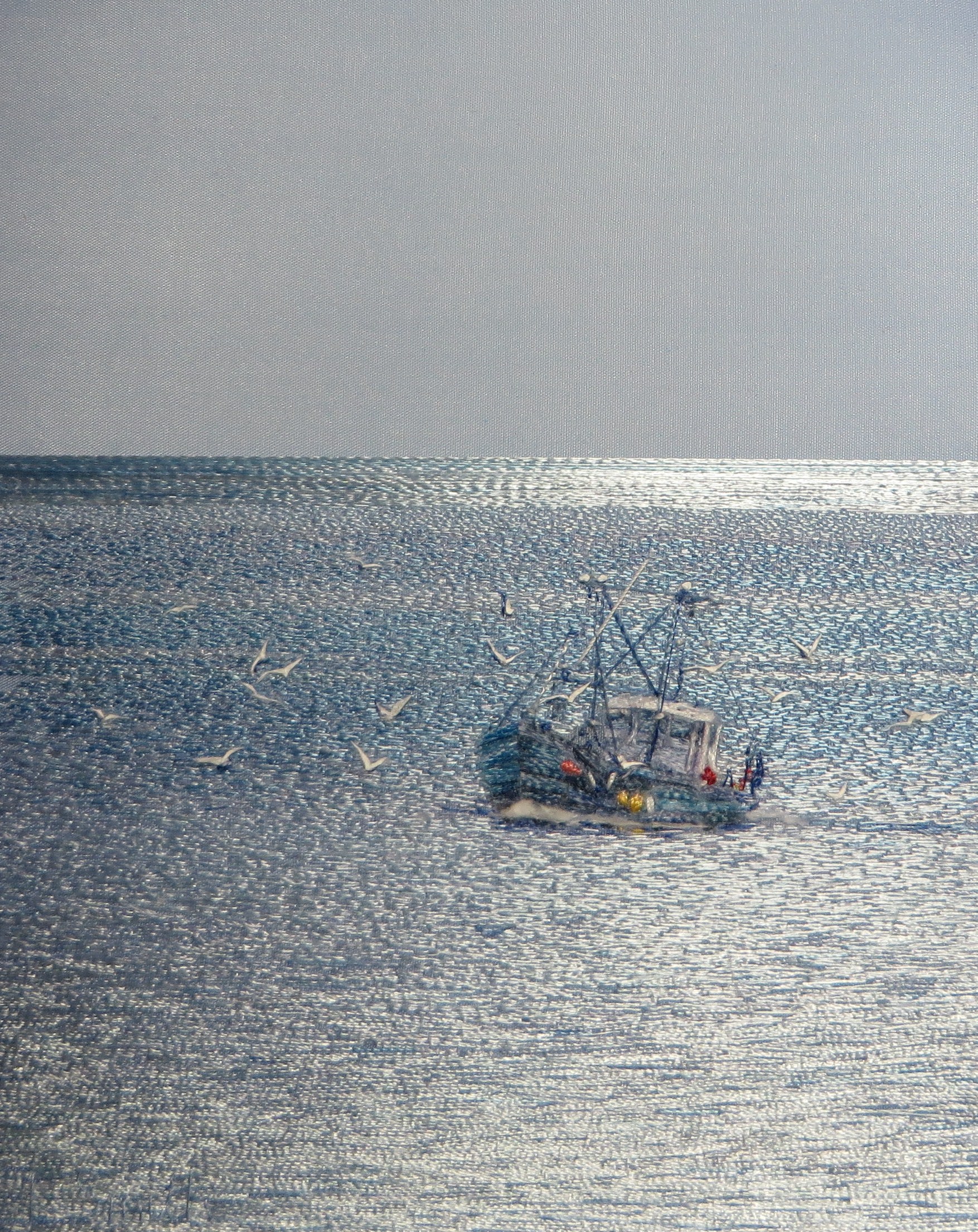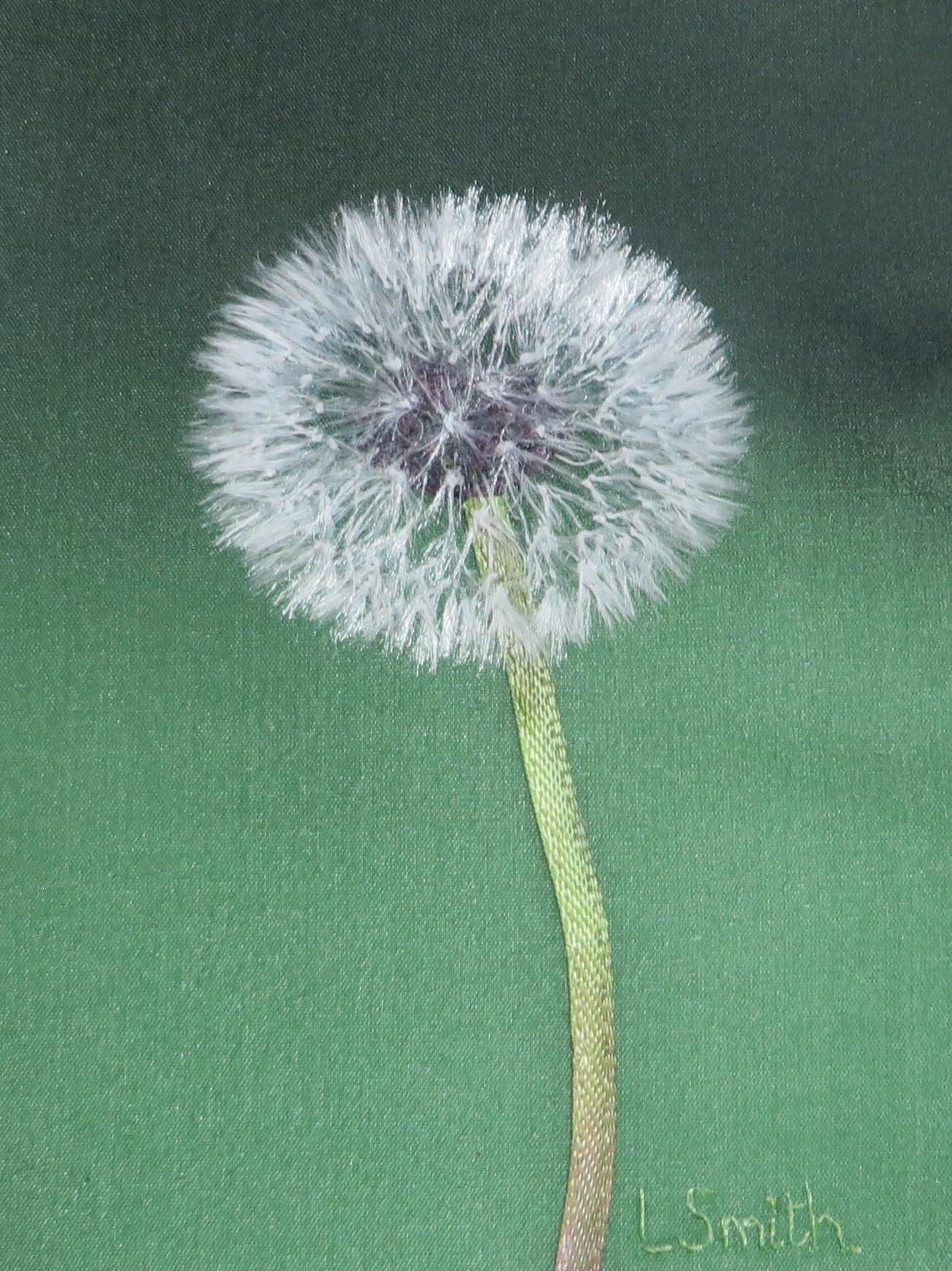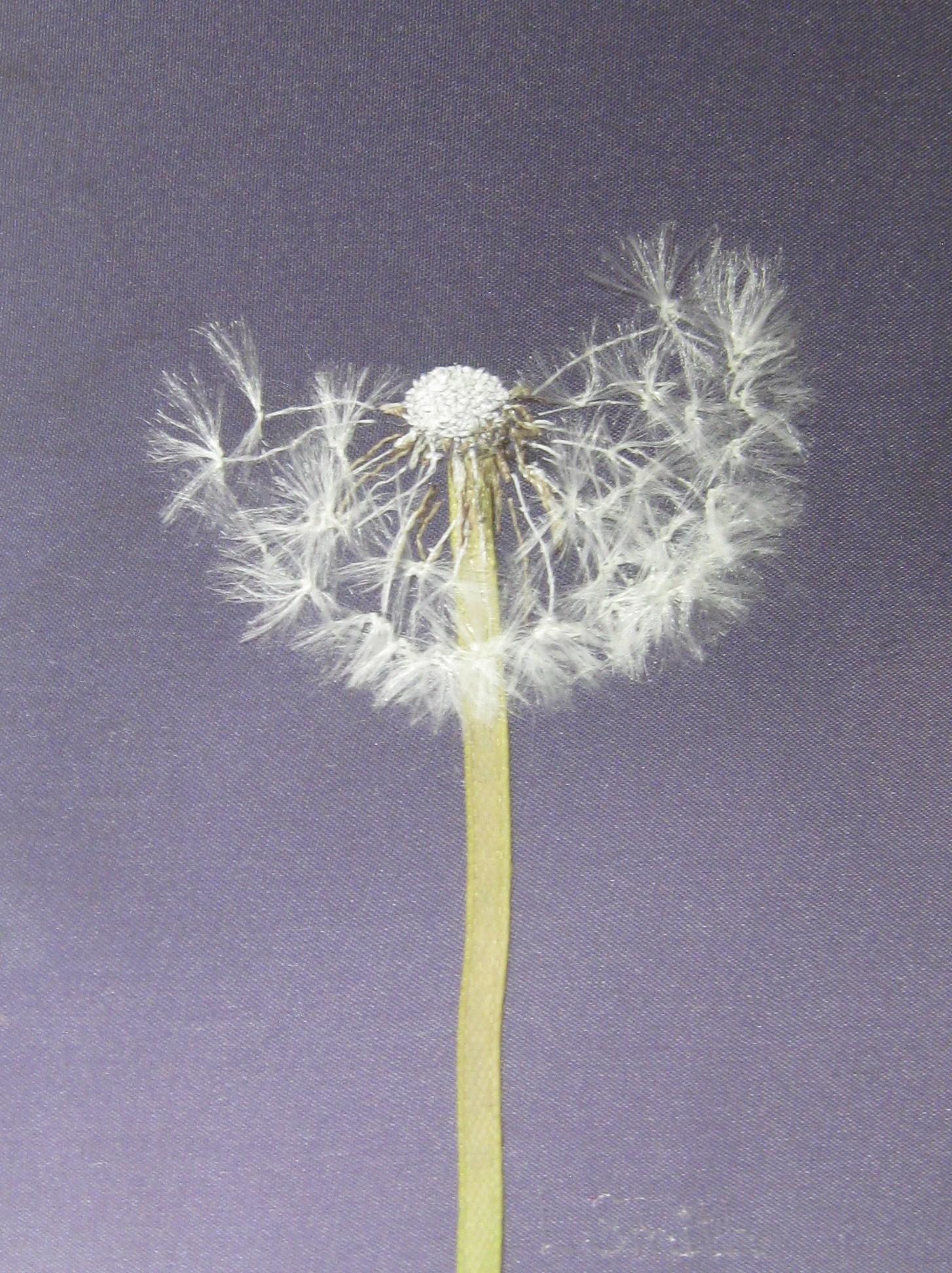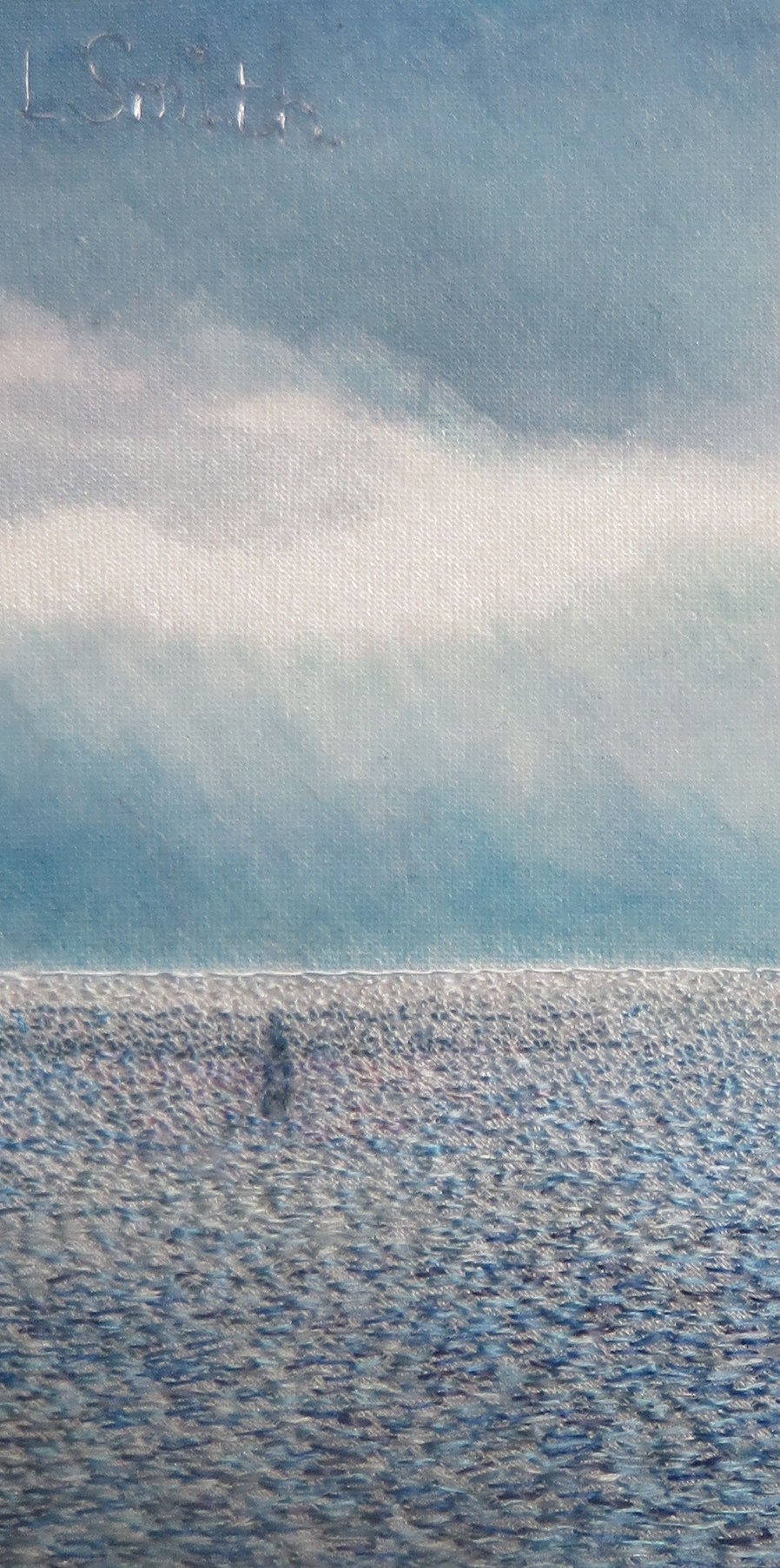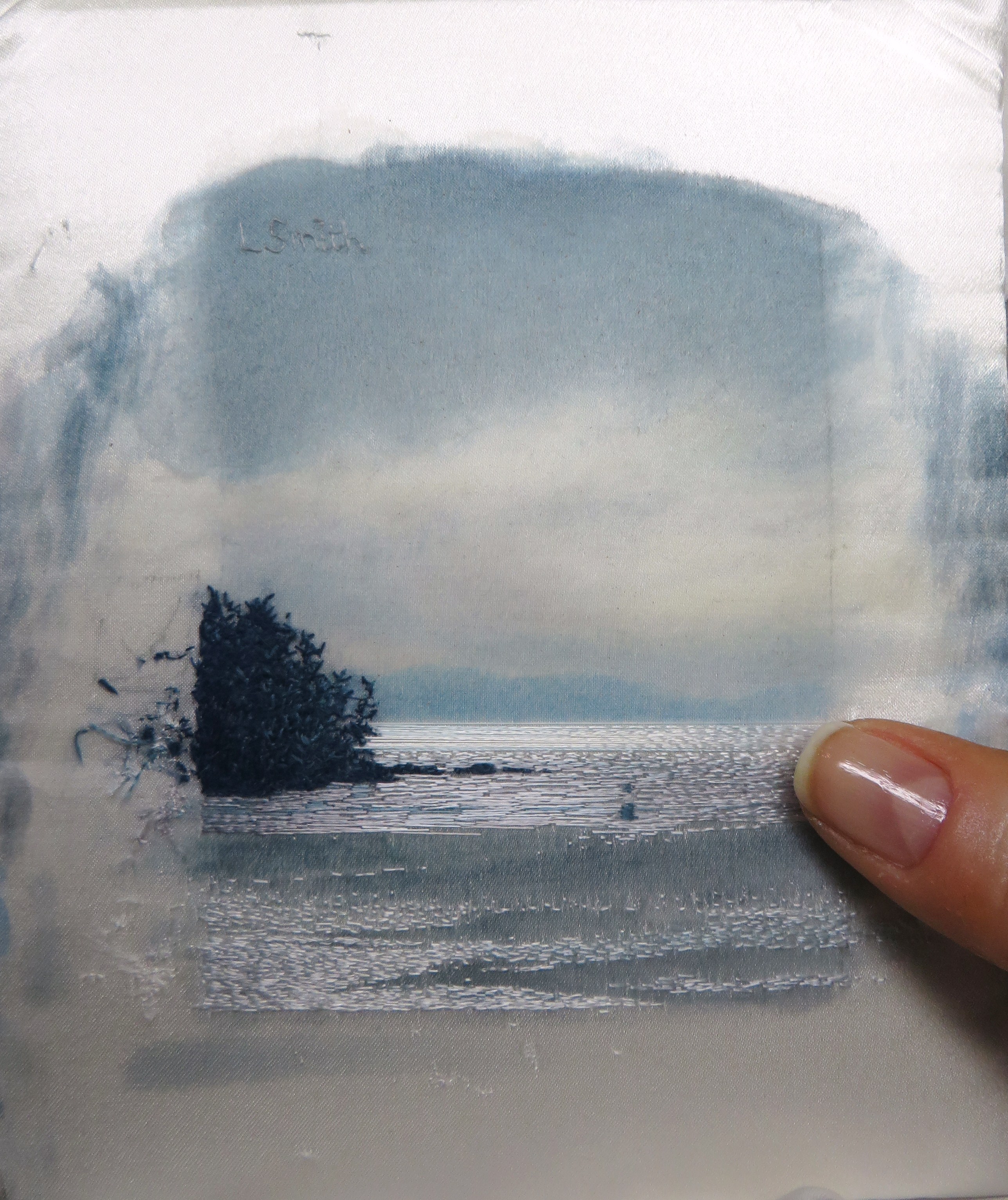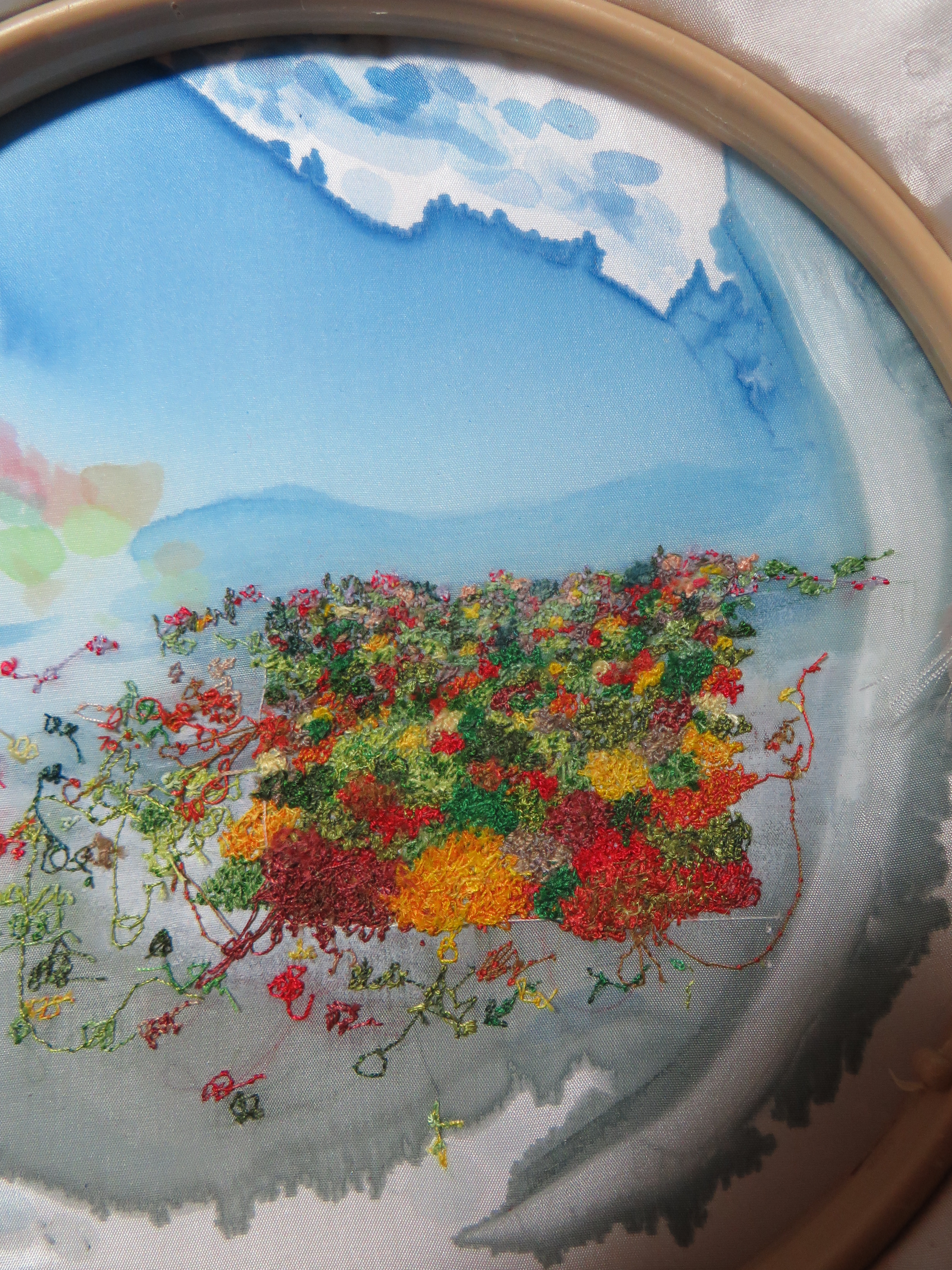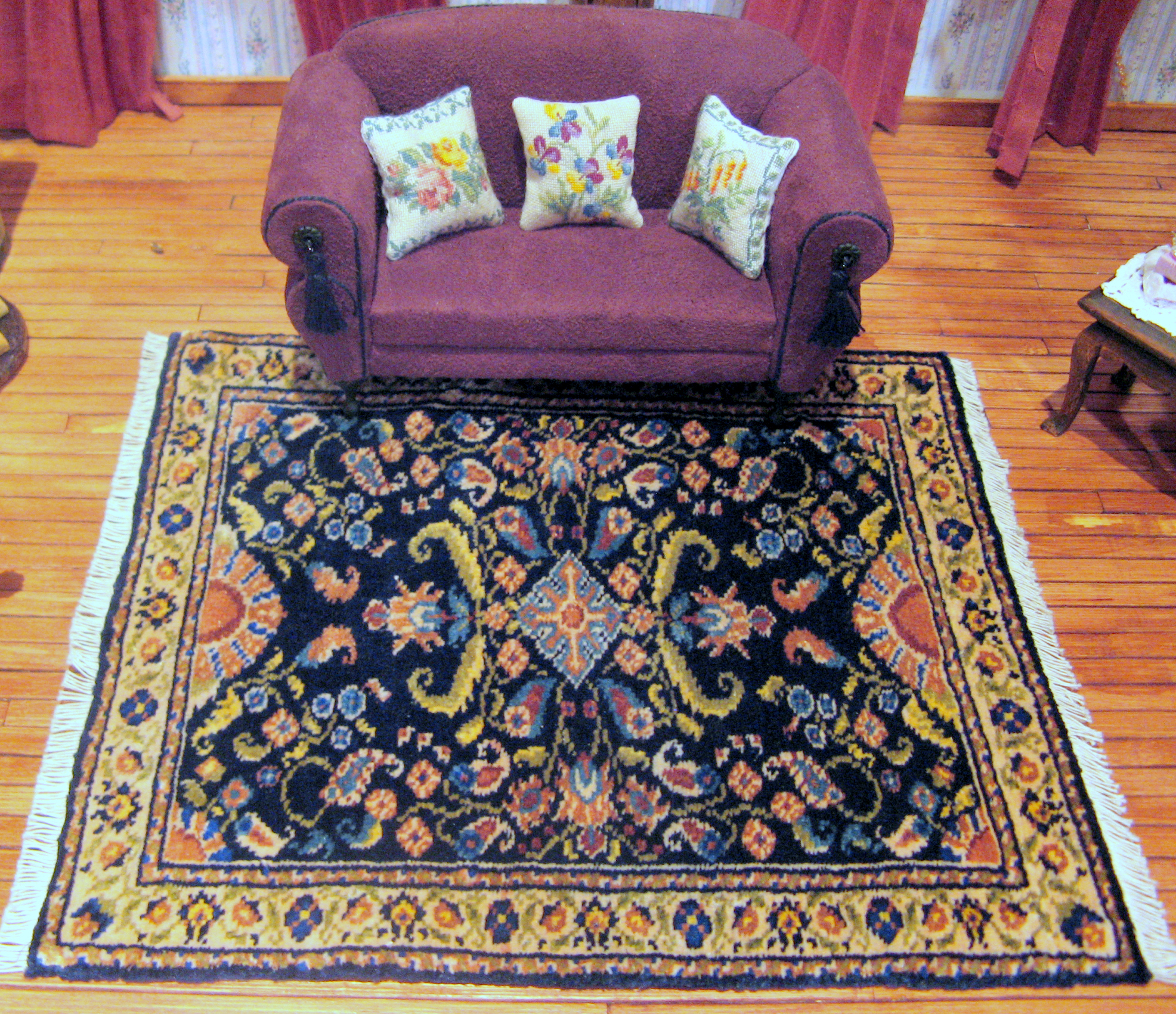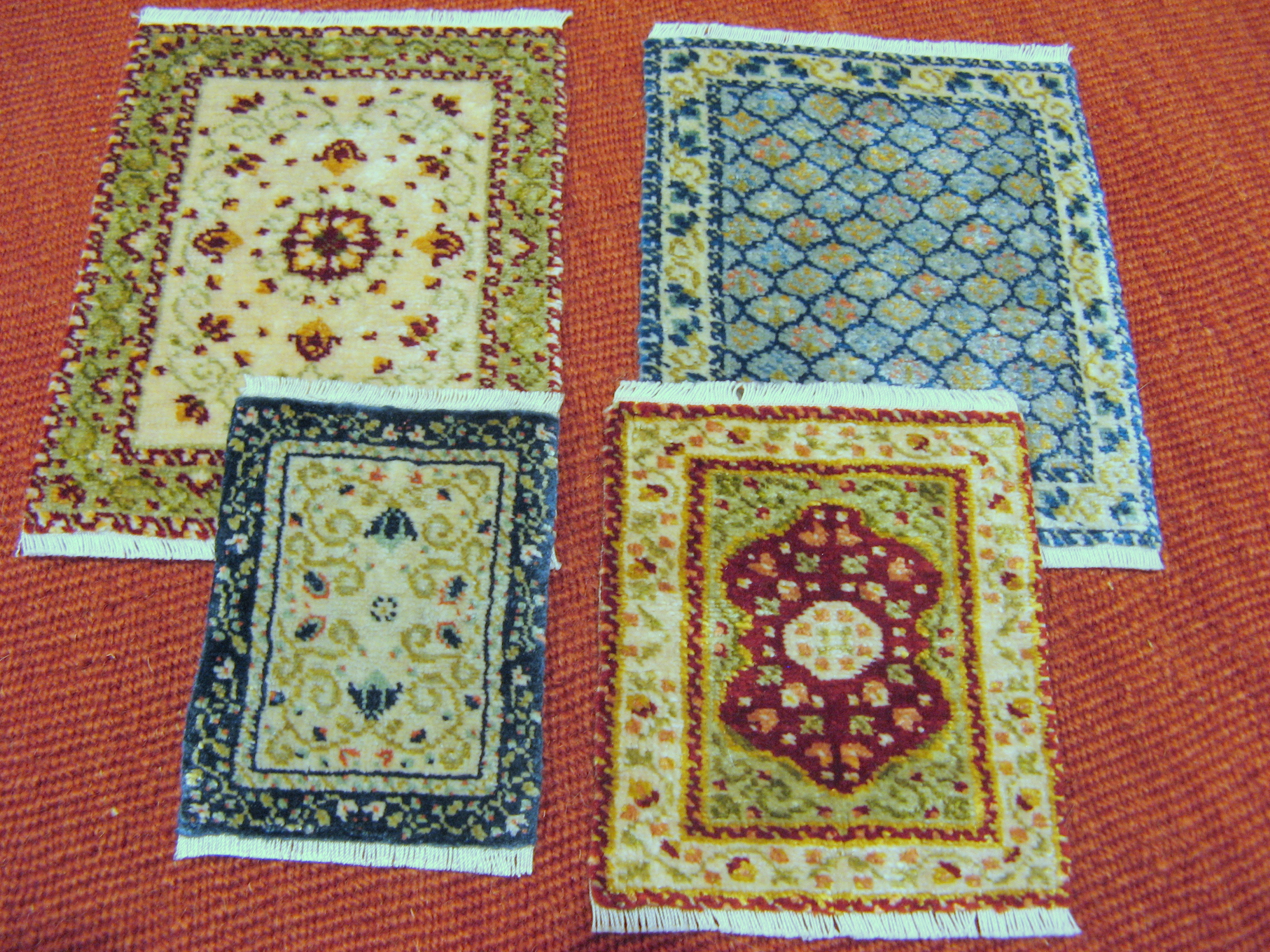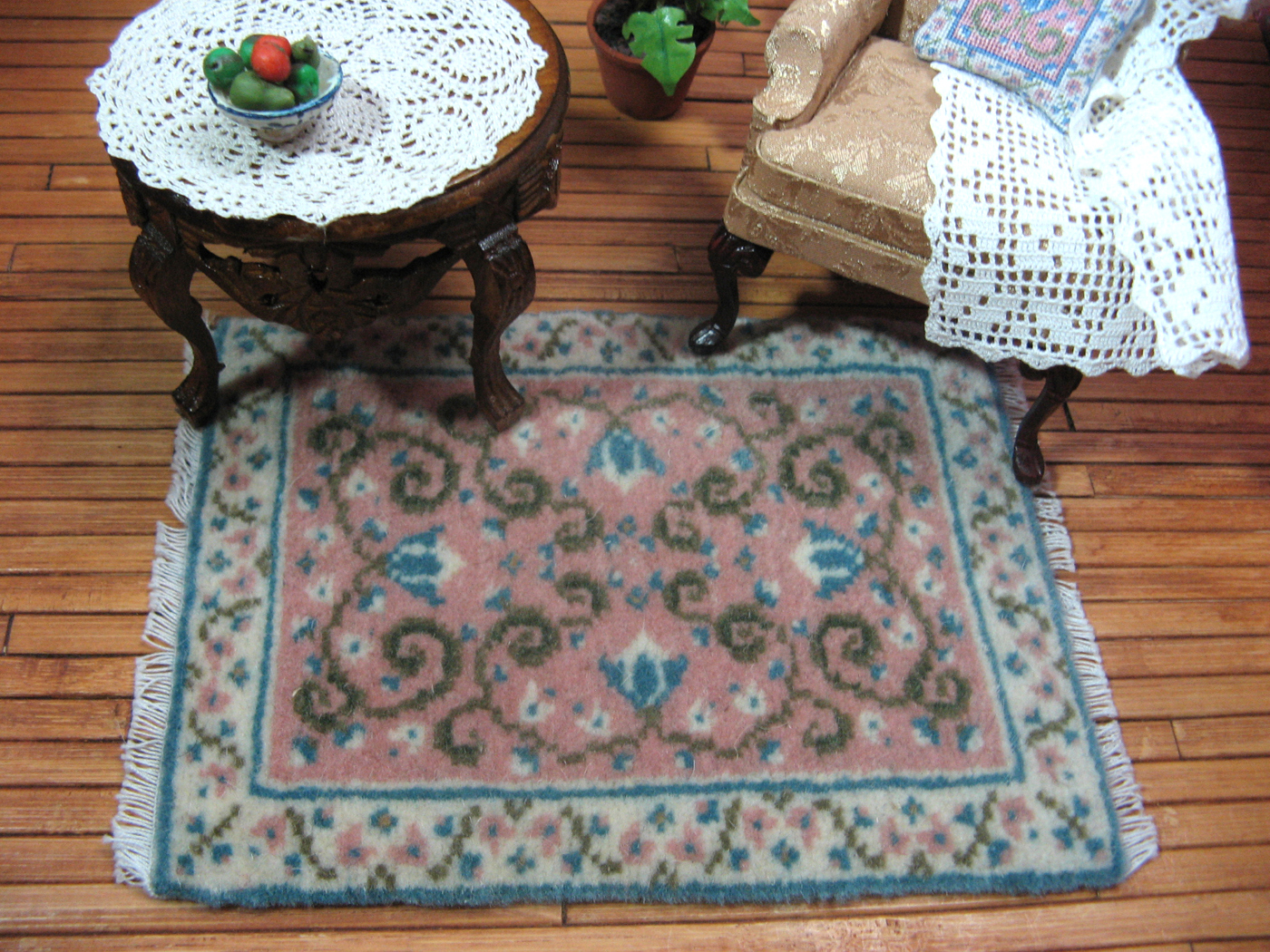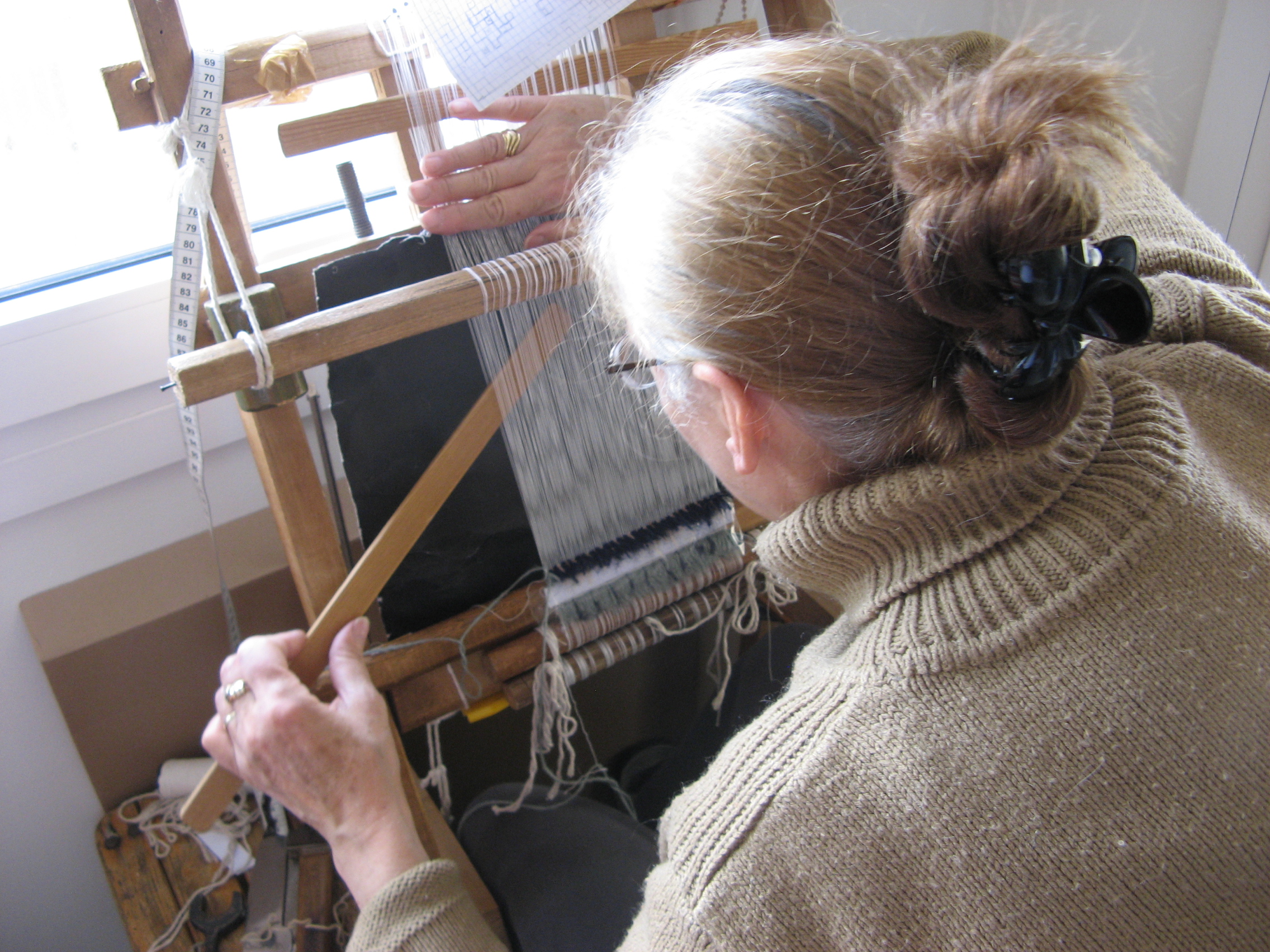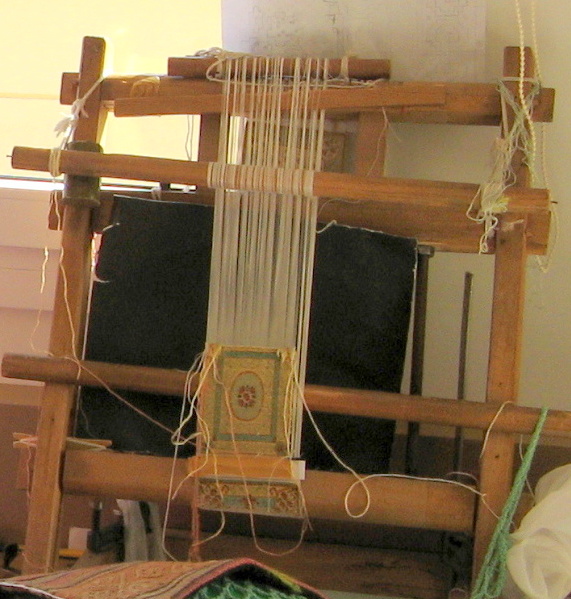Micro Sculptures by Famed Artist Willard Wigan MBE
| Website | Facebook | Twitter | Instagram |
How did you first get started in micro sculptures? Were you always drawn to miniatures?
 At school I suffered from a learning difference. This resulted in me being criticized for not being as able as the other students. Whilst I played truant, which sadly was quite often, I submersed myself into a world of miniatures. I was fascinated by ants, not knowing where they lived. This was the catalyst to me making houses, furniture and playing objects for ants.
At school I suffered from a learning difference. This resulted in me being criticized for not being as able as the other students. Whilst I played truant, which sadly was quite often, I submersed myself into a world of miniatures. I was fascinated by ants, not knowing where they lived. This was the catalyst to me making houses, furniture and playing objects for ants.
How has your work evolved over the years?
I have been creating micro sculptures for 50 years. My work has evolved from its very rudimentary form when I first started. Over the years, experience coupled with more advanced microscopic equipment has allowed my work to become smaller and more detailed.
For a time, I did carve large objects, life size out of wood, but it has always been the micro sculptures that has been my signature.
What materials do you use to make your miniature sculptures?
Materials vary depending on the piece I am working on. But common materials are gold, glass, Kevlar, nylon and cable tie.
Describe your process.
Usually I create the sculpture, then place it into the eye of the needle, or onto the head of a pin. I work mainly with one high powered microscope, but the control comes from my hands as I work in between pulse and heart beats.
Advice for beginner artists?
Perseverance and dedication. If at first it goes wrong, which it will, keep trying.
I make my own tools, which vary depending on the piece I am creating. So, it’s not a matter of living without a particular tool. It’s more a case of creating and fitting each tool to create each piece of work.
Favorite work of art you own by another artist?
I don’t have any other artists’ work at my home. In fact, I do not even display my own work after creating it.
Most treasured micro sculpture you’ve created?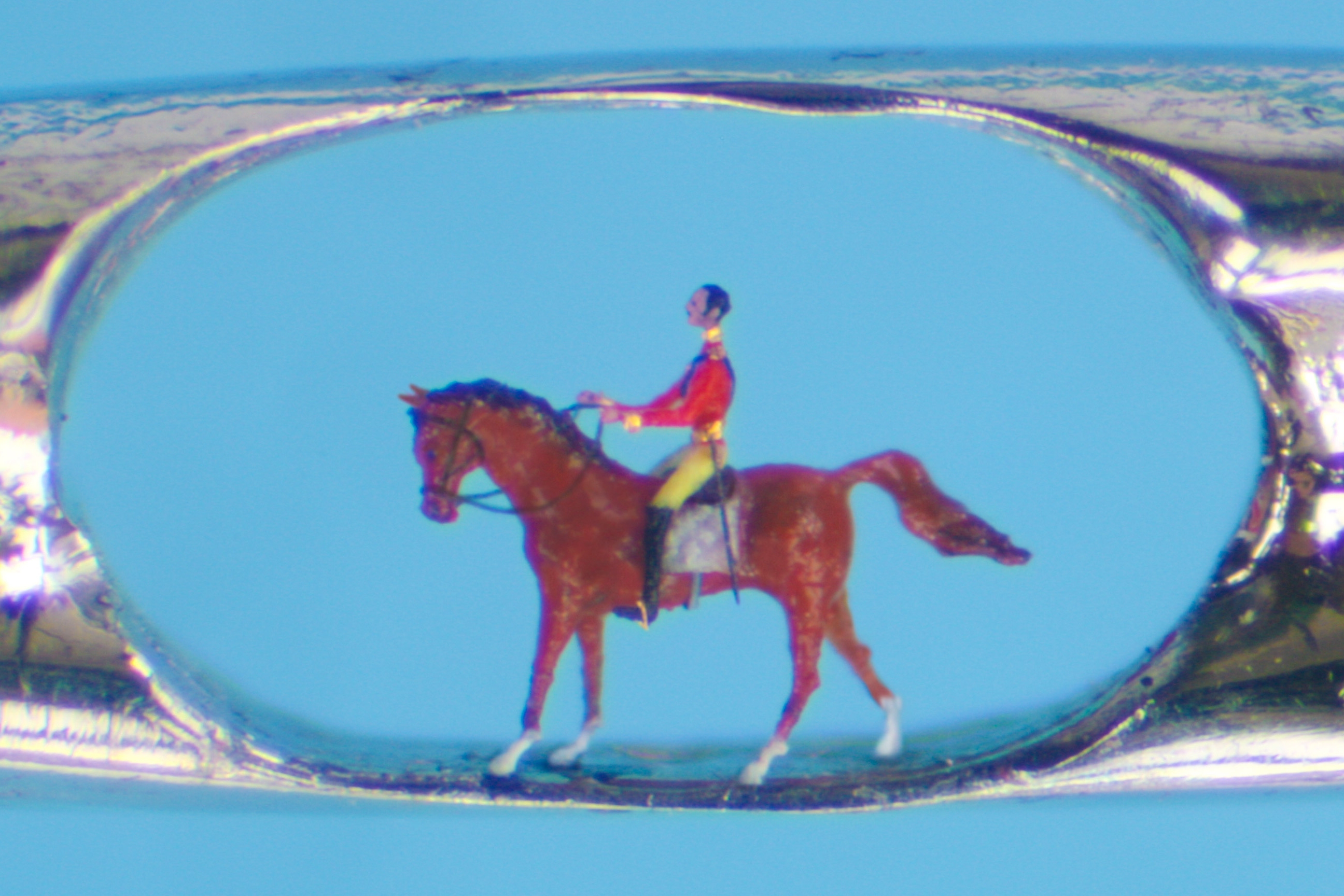
The Last Supper, because of the time it took to create, the microscopic intricate detail in the piece, and its symbolism.
What has proven to be the most difficult sculpture to create?
Probably the Prince Albert. The necessity to ensure the horse was perfectly and equally proportioned from its head to its hooves and tail. Then, to ensure that Prince Albert was perfectly placed into the saddle with his boots into the stirrups. Whilst the completed piece might not look as difficult as some of my other creations, it was actually probably the most difficult.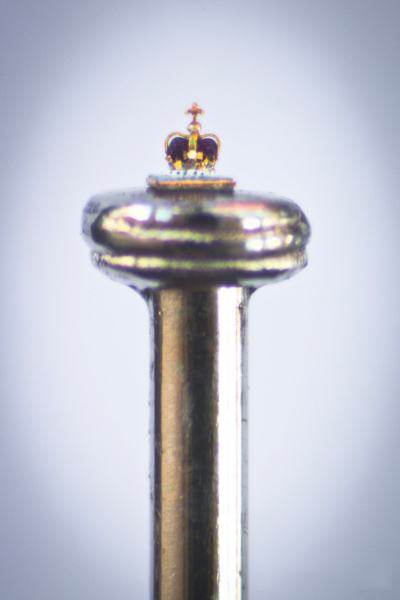
Artists you look to for inspiration?
Michelangelo and Leonardo di Vinci are artists who I take inspiration from. I can take several months to create a piece. These masters could take years. Their dedication and perseverance should be an inspiration to any artist.
Why micro-sculptures? What appeals to you most about what you do?
Why, as I said before, it stems from my early childhood years. The appeal—it’s not the creating the work, because this is painstaking. The satisfaction comes when I finish a piece and then watching people’s reactions when they place their eyes for the first time over the microscope to view the work.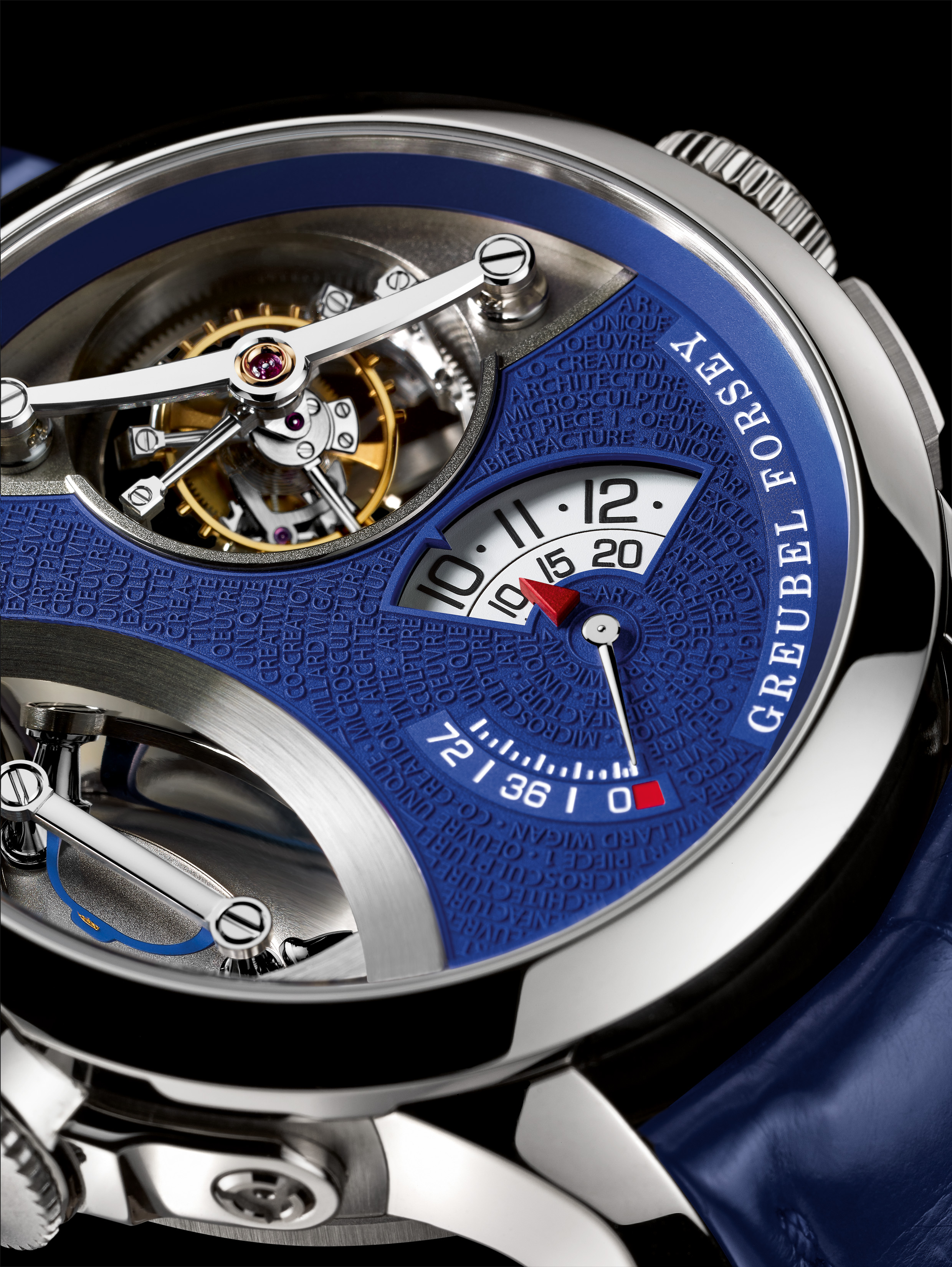
Tell us a bit about your collaboration with Greubel Forsey.
Watches by the Swiss company Greubel Forsey are perhaps the most bespoke in the world. After 4 years of research and development, they have created a timepiece housing a built-in microscope to view one of my art pieces. This is all encompassed inside a fully functional Greubel Forsey timepiece. It is quite remarkable how they have achieved this.
Upcoming exhibitions or projects planned?
Further exhibitions of my work, both in the UK and overseas, are being planned for 2019. In January 2018, I was humbled to receive an honorary doctorate from The University of Warwick and am greatly looking forward to working with this world-class university on a number of exciting projects.
What other hobbies do you enjoy?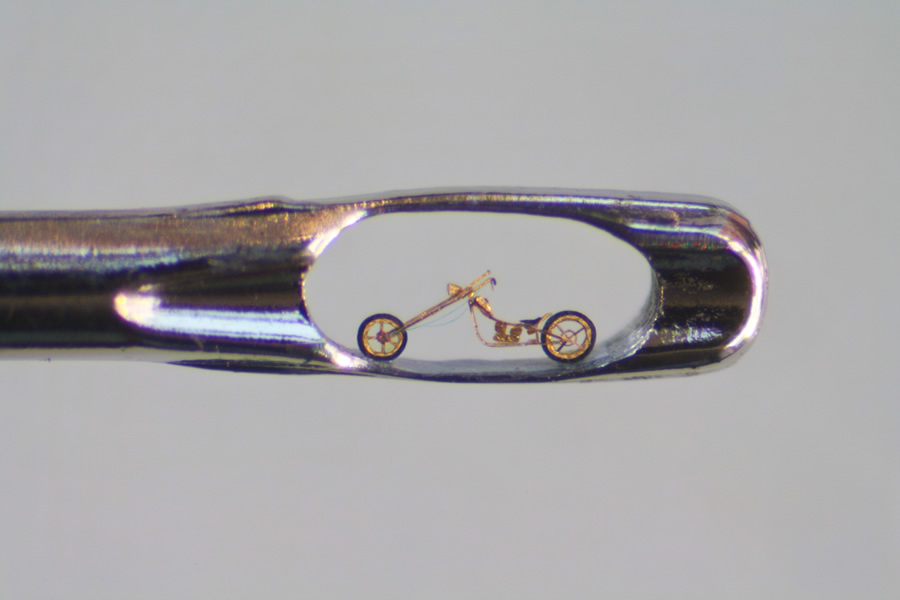
To relax I listen to music, Motown being my preferred choice. As for hobbies, I enjoy combat types of sport such as boxing or UFC.
What do you want miniature fans to know about you?
I am affiliated to 3 principal charities. The Nelson Mandela Children’s charity, the Siegfried and Roy animal charity and the less know but no less important Adenium Foundation, which seeks to give children a positive start in life via personal development and education.
Willard Wigan MBE’s work in micro sculpture continues to astound after 50 years. To see more of his microscopic creations, visit his website today. You may also wish to follow along on Facebook, Twitter, and Instagram.

